VICTOR sums up the trends that dominated CES 2018
For normal people, the end of the year is a time for celebration, vacation, and family.
For people in the tech industry, though, it’s a time of frantic preparation for the biggest trade show in the Western Hemisphere: CES.
The Consumer Electronics Show takes place in Las Vegas every January, perfectly timed to drain the joy out of the holidays for 170,000 people. It’s not open to the public — only to members of the industry and the media that covers it.
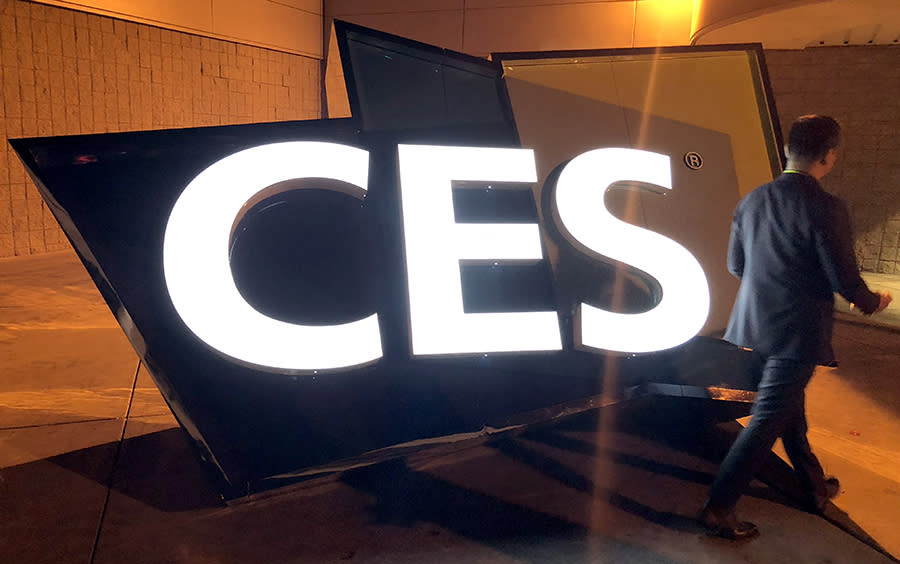
The purpose of the show is for nearly 4,000 companies to show off what they’re working on. When will these products reach stores shelves? Some of it soon, some of it next year, and lots of it, never.
Every year, everyone wants to know: What was new at CES? The world is hungry for an exciting answer, like, “Oh, there’s this thing called an iPad!” or “They showed this car called a Tesla!”
But every year, there are fewer new breakout inventions; at CES 2018 last week, I’d say there were zero. (In fact, the most talked-about display at CES last week was when the power went out for two hours. At an electronics show. #irony.)
Instead, CES these days is more about the same buzzword, technologies seep into existing products from across the industry, cross fertilizing. This year, six of these seeping technologies were on display — which, for your convenience, I’ve boiled down to a handy acronym: VICTOR.
It stands for voice, Internet of Things, cars, TVs, oddballs, and robots.
Voice
At this point, you probably know that the Amazon Echo is that cylinder that sits in your house and responds to voice commands, kind of like Siri for the home. Google has its own copycat version, called Google Home. These things are incredibly popular — already, they’re in 16% of American homes.
Both Amazon and Google have been aggressively encouraging other companies to build their voice technologies into their own appliances: refrigerators, light switches, lamps, speakers, robo-vacuums, TVs, headphones, security cameras, door locks, washers, dryers, cars, and so on. “Works with Amazon Alexa!” and “Works with OK Google!” signs were everywhere at CES last week.
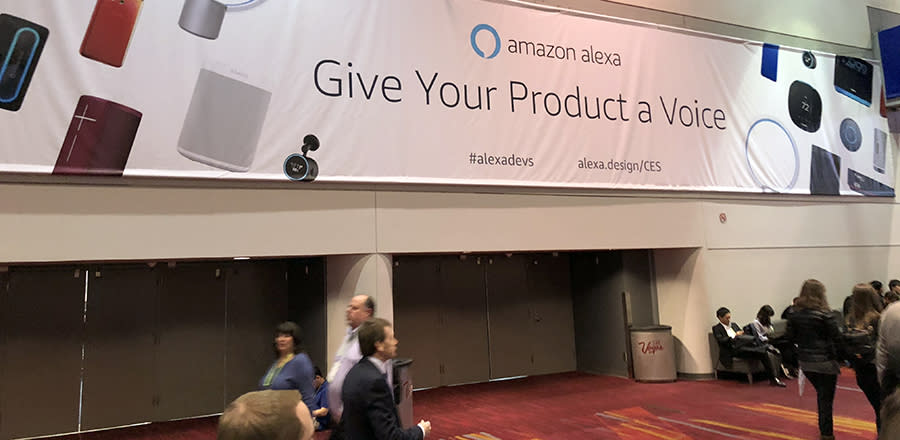
What’s great is that this isn’t an either/or thing. It’s not another Betamax/VHS war, or a Blu-ray/HD-DVD war. Since Alexa and “OK Google” are just software, there’s nothing to stop them from coexisting in the same product. The Sonos One speaker, Vivitar smart speaker, and new TiVo models, for example, can all understand commands barked in either command language.
Internet of Things
The Internet of Things, of course, is the nonsensical name for home devices that are networkable, so that we can control them by pulling out our phones and opening an app. For something that’s supposed to make our lives simpler and easier, that’s too much hassle. Consumers have been staying away in droves.
What may save the “I” in VICTOR is the “V” in VICTOR — voice control. “Alexa, is the dryer done yet?” “Hey Google, make it two degrees warmer in here.” “Alexa, lock the doors.” “OK Google, I want to watch ‘Rambo.’”
That arrangement actually works — and was everywhere at CES 2018. Samsung and LG, among others, demonstrated entire model living rooms and kitchens filled with appliances waiting for your verbal command.

Cars
The self-driving car courses at CES were a third bigger than last year. Every car company you’ve ever heard of, and a few you haven’t, were demonstrating their self-driving prototypes. Lyft was even giving a few lucky showgoers rides around town in self-driving cars.
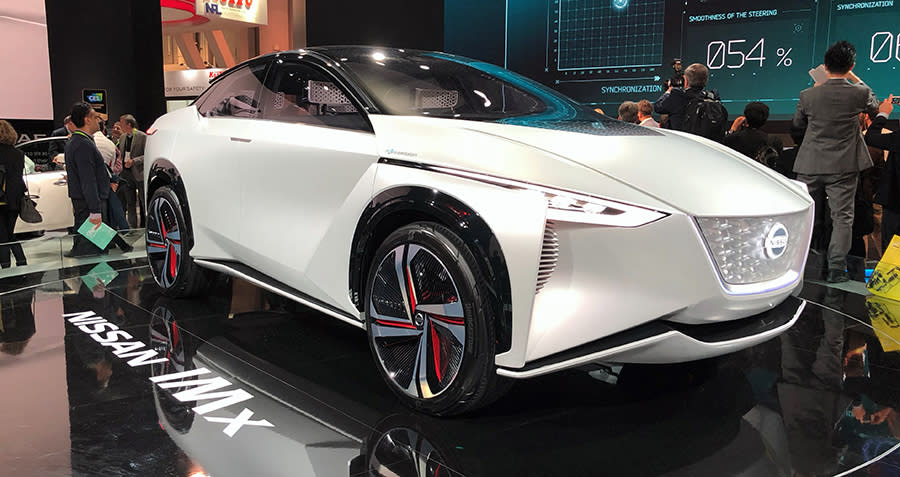
For 10 years, people have been saying that these cars would hit the roads in 2020 — and guess what? Unlike most heavily hyped new technologies, this horizon isn’t receding. People are still saying 2020. That means it’s probably real.
Lots of people were also talking about Toyota’s e-Palette, a prototype self-driving store.

TVs
CES show floors have always been dominated by massive walls of brilliant TV screens, and this year was no exception. The industry is still hard at work pushing us to buy 4K TV screens, which have four times the number of pixels as hi-def screens. Only one problem: You can’t see the difference from a normal seating distance.
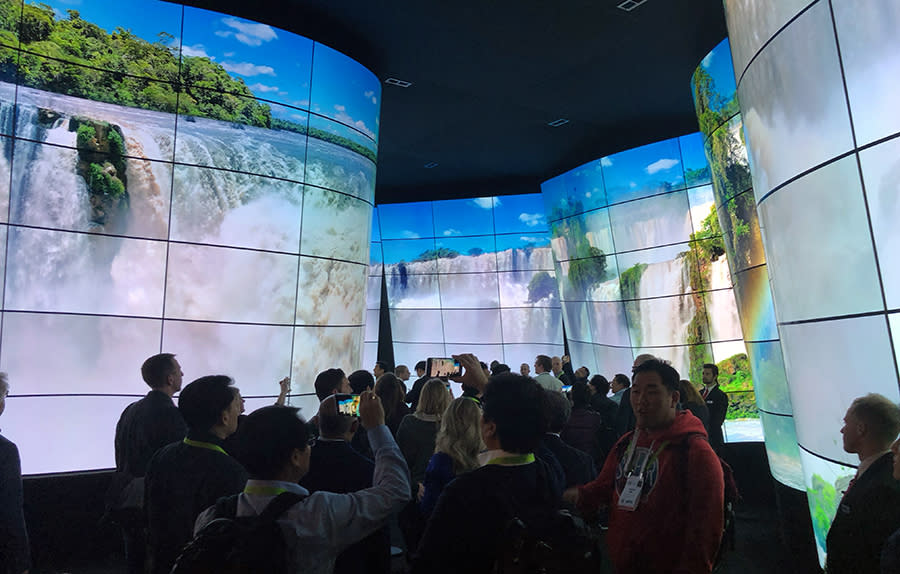
Even if you could see it, there’s very little to watch. Not a single TV network or cable channel broadcasts in 4K. If you own a 4K television, and you want to watch 4K shows and movies, you have two choices: Buy a 4K Blu-ray player and buy new movies on disc — or stream your shows online, from services like Netflix, Amazon, Hulu, iTunes, Google Play, Vudu, and YouTube.
In short, 4K is kind of a hoax.
(What you can see — what is worth upgrading to — is a much less catchy format. It’s called HDR, for high dynamic range. Much brighter brights, much darker darks; more detail in those bright and dark places; and more shades in between. More shades of color, too. Really fantastic.)
So the forehead-slapping breakthrough of CES 2018 was — get this — 8K screens. That’s right: four times as many pixels as 4K. If 4K was a stupid hoax, then 8K is four times as stupid. Really? They think we’re going to re-buy all our movies on disc again, to play on another new special disc player?
Samsung displayed a new display technology called MicroLED, which it claims to be as great-looking as OLED but at a lower price and less chance of burn-in. Cooler yet, the company proposes selling these TVs as one-foot, borderless tiles, which you can assemble to make as big a TV as you like. The one on the show floor, at 146 inches diagonal, dubbed “The Wall,” was a huge hit with showgoers.
LG also displayed (in an off-floor, invitation-only hotel area) a huge flat screen TV that rolls up. It’s built like an upside-down window shade; when you need the screen to get smaller, it wraps up around a roller at the bottom, hidden inside a wooden box.
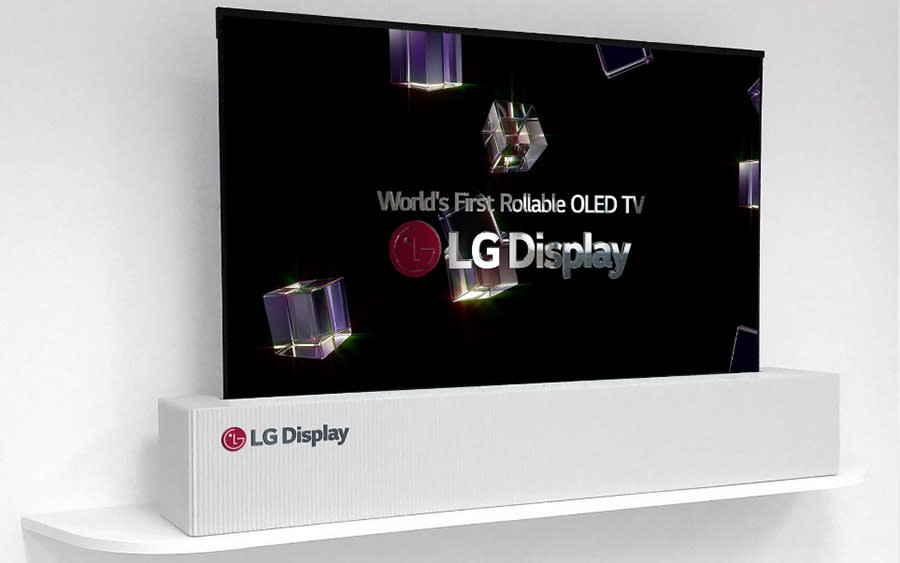
Why? Because, the company says, you may want to watch different movies or shows that have different screen proportions. The real reason, of course, is, “Because we could.”
Oddball things
The “O” in VICTOR is the catch-all for all kinds of other crazy stuff on display. Walk the 50 football fields’ worth of exhibit space, and you’d find:
Two laundry-folding machines. One, the Foldimate, will cost $980 but will require you to attach each piece of clothing to clips; the other, the Laundroid, will go for $16,000 but does everything for you.
A full-body suit for playing virtual-reality games, so that bullets can “hit” you anywhere, or you can walk into a hot or cold virtual place, and you’ll feel it.
An electronic breast pump that you wear secretly inside your bra as you go about your day.
A tiny, battery-free sensor that you wear on your fingernail to detect excessive exposure to UV light.
Another stab at the Google Glass concept. This time, the virtual screen is superimposed on your field of view by a full pair of sunglasses.
Not one, not two, but three self-driving suitcases that follow you through the airport.

Remember my exhaustive (and exhausting) report about the struggles of the through-the-air charging industry? The products that can charge your gadgets at a distance? Well, the FCC just approved some of these products, including the Energous three-foot charging system. The very first product to include it is called the Myant Skiin, a line of clothing that tracks your vital statistics as you wear it.
Robots
No surprise here: Robotics and automation were the stars of the show. Heck, they’re the stars of every show right about now. Everywhere you looked, there were shiny white plastic robo-things with big eyes and smiley mouths to look less threatening. Most of them seemed to be “because we could” designs, rather than “you need one of these.”
Here and there, though, you could spot far more purpose-built robots:
Honda displayed a series of robots designed for specific tasks: an all-terrain model for outdoor work; a self-balancing wheelchair; and a weird, globule-shaped, huggable “empathy robot” with facial expressions projected onto its face from within.
LG offered three new robots for commercial use: one for restaurants, to deliver food or drinks; one for hotels, to carry luggage up to your room; and one for grocery stores, which guides you to the food shelf you’re looking for, and scans the package as you drop it into its hopper.
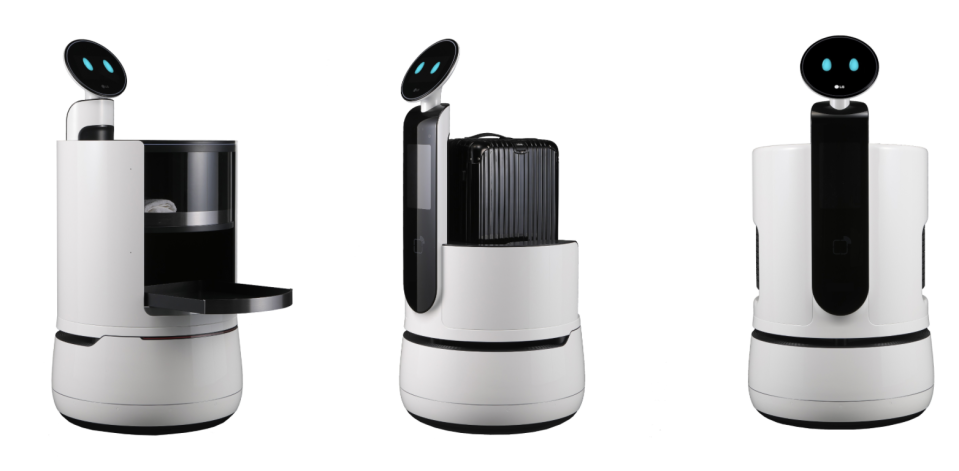
Sony is re-introducing its Aibo robotic dog, this time in a more advanced, more puppy-like incarnation (probably $1,700 when it hits the U.S.). Sensors make the dog respond appropriately when you pet it or swat it; it learns your voice over time and seeks you out; and, like the original Aibo, it plays fetch with a pink ball.
Omron built a ping-pong-playing robot — not ever intended to be for sale, but to show off its robot-making skills.
Just to make sure all of Vegas’s bases were covered, the Sapphire Gentlemen’s Club featured two pole-dancing stripper robots as a CES gimmick.
Hail to the VICTORs
So, you get it: Same as last year, just more of it.
If all of that seems like a lot to read, well hey — here’s a rhyme to make it go down easier:
V is for the voice control in every gadget here —
“Alexa, do my bidding!”… “OK Google, bring my beer!”
In TVs, cars, and speakers, it’s a miracle of choice.
The world’s at your command — at least if you don’t lose your voice!
I is for the second realm, called Internet of Things,
It’s networked household stuff, complete with all the fun that it brings
It’s thermostats, refrigerators, all your kitchen gear…
So far, nobody’s buying it — but hey, perhaps next year.
C is for self-driving cars! So many at this show!
We’re told they’re really coming soon — about two years to go.
T is for the TV screens on all the expo floors.
They look amazing when they’re here — but less so once they’re yours.
O is for the oddball stuff! The offbeat and bizarre:
This laundry-folding robot, or this crazy concept car.
R is for the robots — Sony’s puppy stole my show.
This grocery bot asks what you want, then shows you where to go.
So there’s your whole mnemonic — VICTOR! Hope you liked the show
And don’t forget the greatest part — you didn’t have to go!
David Pogue, tech columnist for Yahoo Finance, welcomes non-toxic comments in the Comments below. On the Web, he’s davidpogue.com. On Twitter, he’s @pogue. On email, he’s poguester@yahoo.com. You can sign up to get his stuff by email, here.
Read more:
Exclusive: What Fitbit’s 6 billion nights of sleep data reveals about us
Tech that can help you keep your New Year’s resolutions
Pogue’s holiday picks: 8 cool, surprising tech gifts
Google’s Pixel Buds: Wireless earbuds for the extremely tolerant
Study finds you tend to break your old iPhone when a new one comes out
Rejoice: Sonos Speakers are finally voice-controllable
Follow Yahoo Finance on Facebook, Twitter, Instagram, and LinkedIn

